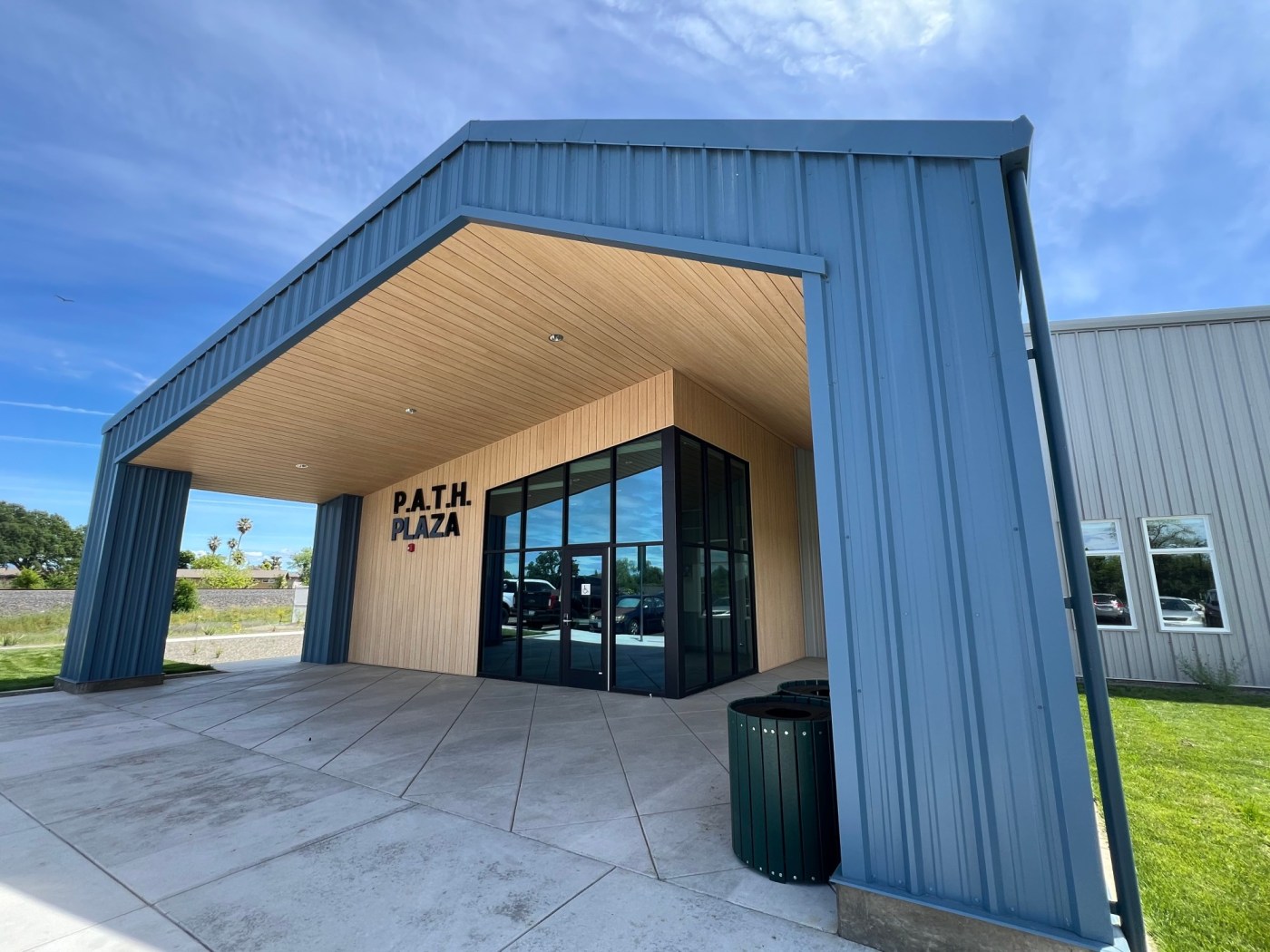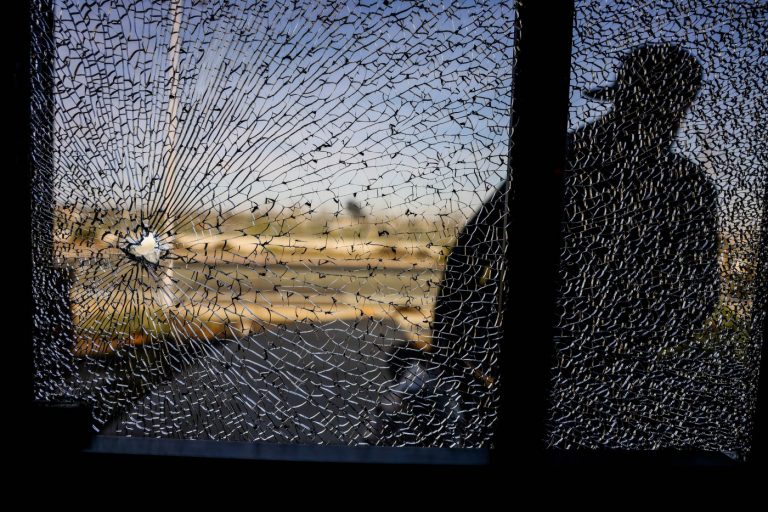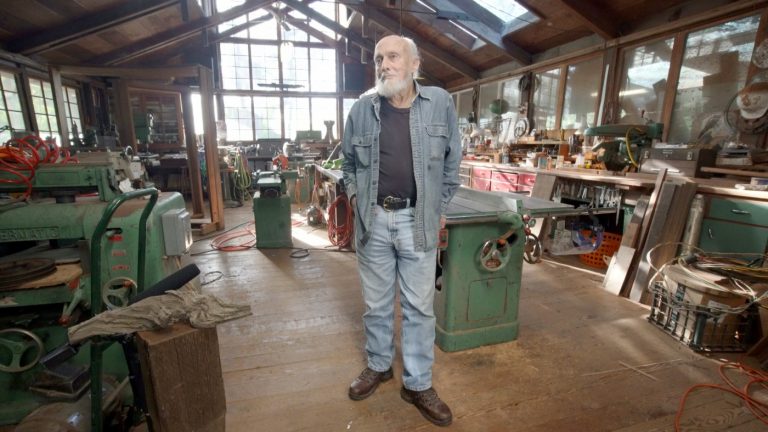Today, our newspaper joins forces with nearly a dozen other north state publications for our fourth annual “State of Homelessness” edition. Since our first joint collaboration in 2021, our aim has been to report on what is happening in the always-complicated world of homelessness in cities from Santa Cruz to Eureka and the Bay Area to Butte County. Each MediaNews Group newspaper in our area has contributed a story with the latest look at what’s happening with homelessness in their towns; as always, we hope to show that this is not a problem confined to the boundaries of any one city or county. Together, our reporters and editors learn something new from this project every year; we trust you will, too.
Since last year’s homeless special, Red Bluff has opened its long-awaited month of navigation center operations. It was also announced that it was getting $14.1 million to help move people out of encampments and into housing.
The kitchen in the P.A.T.H Plaza Navigtion Center. (George Johnston/Daily News)
Not long after the center opened in the spring, the Supreme Court ruled in favor of jurisdictions enforcing anti-camping laws regardless of adequate available shelter in cities in its Grants Pass v. Johnson ruling in June.
Red Bluff Police Chief Kyle Sanders wrote in an email to the Daily News that before the court ruling, an overturned decision would allow police to return to the times before 2019, “wherein we could enforce city ordinances that prohibit camping in our parks at all times without consideration of available bed space at the PATH Navigation Center.”
Despite that change in late June, P.A.T.H. said in that month, it had housed 55 individuals in its night shelter and one family in the family unit, served 5,009 meals and averaged 96 clients receiving day center services.
P.A.T.H. shared that June also brought four individuals who have entered their transitional housing programs and two more that we assisted in getting into permanent housing. The Rapid Rehousing Program has also housed six households in permanent housing.
For May, P.A.T.H. housed 50 individuals in the night shelter and two families in the family unit, served 3,939 meals, and averaged 78 clients receiving day center services.
When the Daily News reached out to get more recent numbers on this issue, neither of the directors who could comment was available in time for the story.
The P.A.T.H. Plaza Navigation Center opened this spring around May. It contains 64 single beds divided into men’s, women’s, and family dormitories. It will provide 24-hour service 365 days per year and additional provisions for supplementary services provided by partner agencies. Day shelter services are open from 9 a.m. to 7 p.m. for those experiencing homelessness and the hardships of low income.
The men’s dormitory in the P.A.T.H Plaza Navigation Center. (George Johnston/ Daily News)When the navigation center first opened, P.A.T.H. planned to have 15 people come in to take things slowly before committing to entire sheltering operations.
In 2019, Tehama County was awarded a Community Development Block Grant, $2.9 million of which went to the center’s construction. The amount requested in the original C.D.B.G. application submitted was consistent with P.A.T.H.’s original renovation plan. The navigation center is located behind Raley’s near 550 Lay Ave in Red Bluff.
This year, the state awarded Tehama County $14.1 million to help move people out of encampments and into housing.
The awards, totaling approximately $192 million, are part of the state’s Encampment Resolution Fund grants administered by the California Interagency Council on Homelessness.
According to the state, these grants support 20 projects in 17 California communities aimed at helping people experiencing homelessness transition from encampments into housing.Cal ICH Executive Officer Meghan Marshall shared that all 17 communities had strong proposals for helping people transition from encampments to pathways to housing.
“While these grants will be made by our sister Department of Housing and Community Development, Cal ICH looks forward to supporting the success of these communities with technical assistance grounded in evidence-based practices,” Marshall said.
Chico received $2.7 million, the Humboldt County Continuum of Care received $3.4 million and Los Angeles County received $51.5 million.













+ There are no comments
Add yours